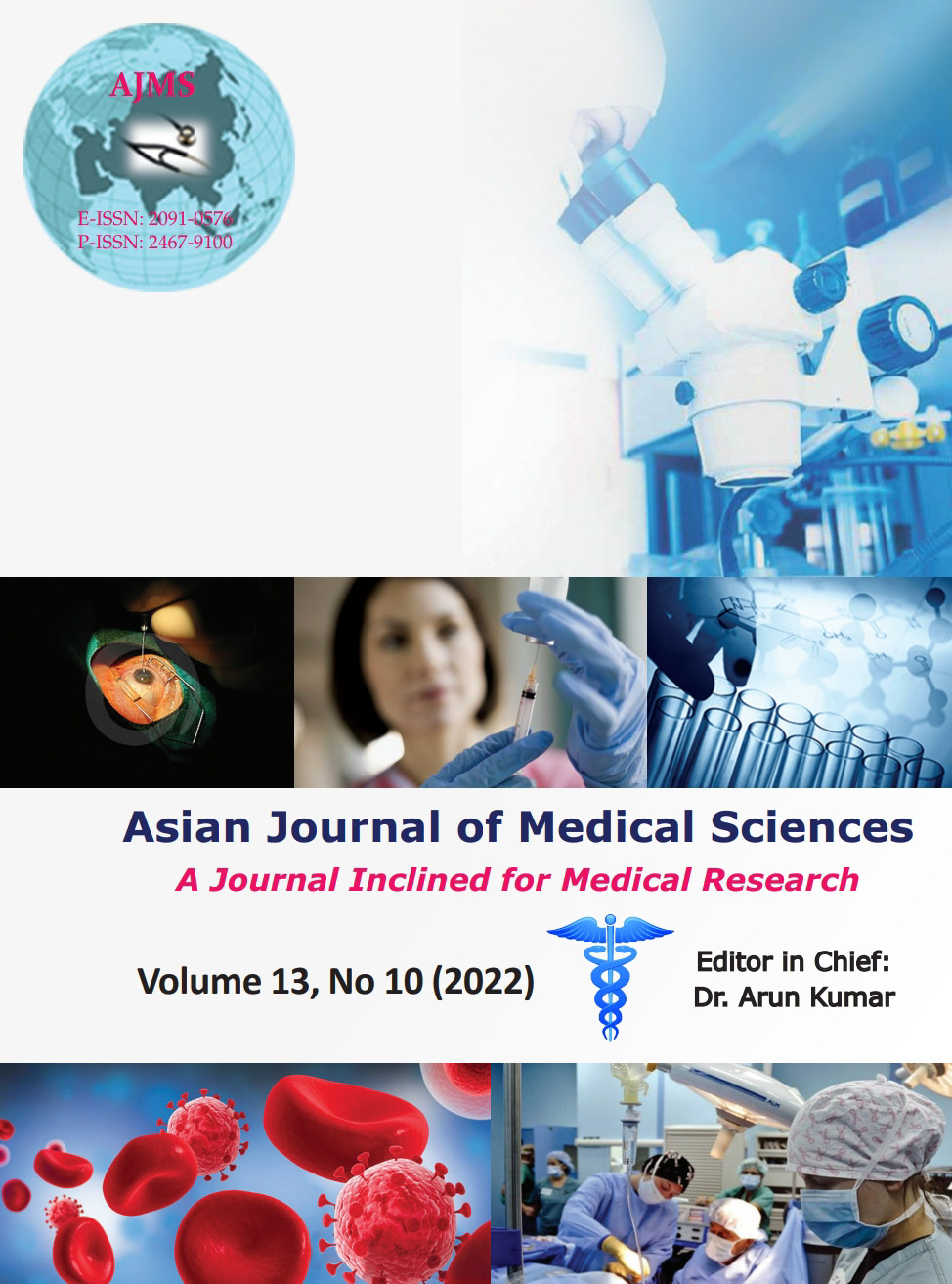A study of dynamic pulmonary function tests in street cleaners
Keywords:
Chronic obstructive pulmonary disease; Lungs; Pulmonary function tests; Spirometry; SweepersAbstract
Background: Street cleaners are exposed to many risk factors such as dust, chemicals, and gases emitted by vehicles and factories, which make them vulnerable to develop certain occupational diseases. The fact that they do not use any protective measures increases their probability of contacting the hazards associated with chronic dust inhalation.
Aims and Objectives: The objectives of this study were to evaluate the pattern of changes in the dynamic pulmonary function parameters in street cleaners of Shimoga city.
Materials and Methods: The study has been conducted on 80 subjects, out of which 40 are street cleaners as cases and 40 other group D workers as controls. The dynamic pulmonary function tests such as forced vital capacity (FVC) in liters and forced expiratory volume in 1st sec (FEV1) were recorded. Furthermore, the percentage of FVC expired in 1st second (FEV1/FVC %), peak expiratory flow rate (PEFR), and forced mid expiratory flow rate (FEF25–75%) in liters per second were recorded for each of the subjects in standing position.
Results: A significant reduction in the pulmonary functions of street cleaners was noted compared to controls. The results indicated fall in the parameters such as FEV1, FEV1/FVC %, PEFR, and mid expiratory flow rate, which suggest an obstructive pattern in the lung functions and points toward the development of Chronic Obstructive Pulmonary Disease.
Conclusion: The study, hence, concludes that street sweeping and cleaning as an Occupation has adverse effects on the lungs. Periodic screening for the pulmonary functions of the workers at risk should be undertaken by spirometry which is a simple, non-invasive, and cost-effective method to identify the disease process at an early asymptomatic stage.
Downloads
Downloads
Published
How to Cite
Issue
Section
License
Copyright (c) 2022 Asian Journal of Medical Sciences

This work is licensed under a Creative Commons Attribution-NonCommercial 4.0 International License.
Authors who publish with this journal agree to the following terms:
- The journal holds copyright and publishes the work under a Creative Commons CC-BY-NC license that permits use, distribution and reprduction in any medium, provided the original work is properly cited and is not used for commercial purposes. The journal should be recognised as the original publisher of this work.
- Authors are able to enter into separate, additional contractual arrangements for the non-exclusive distribution of the journal's published version of the work (e.g., post it to an institutional repository or publish it in a book), with an acknowledgement of its initial publication in this journal.
- Authors are permitted and encouraged to post their work online (e.g., in institutional repositories or on their website) prior to and during the submission process, as it can lead to productive exchanges, as well as earlier and greater citation of published work (See The Effect of Open Access).




